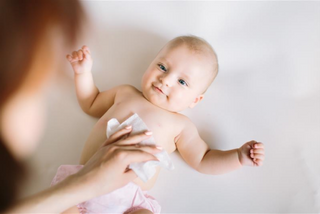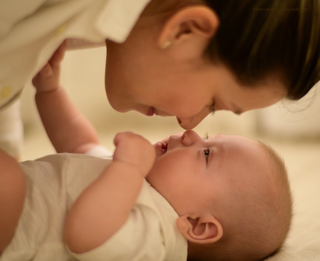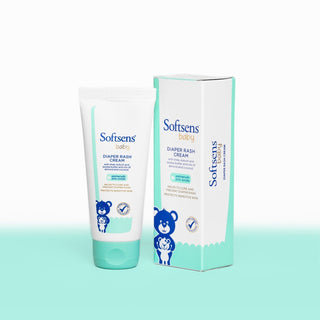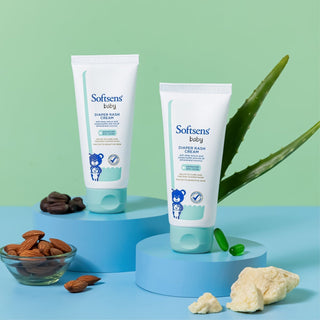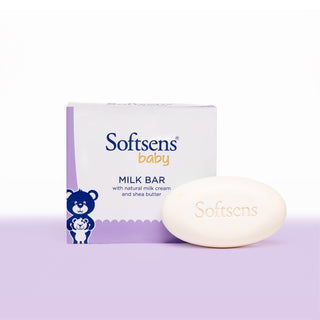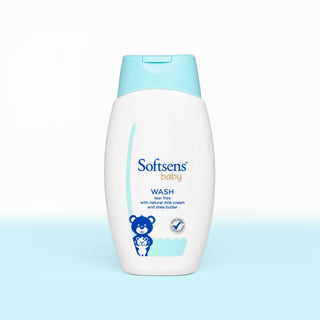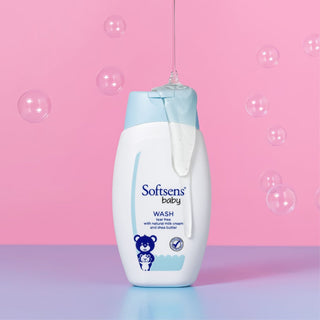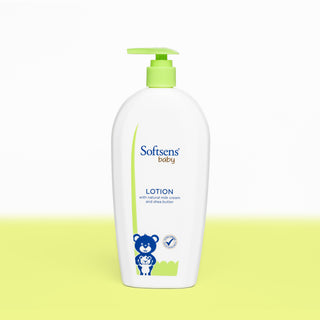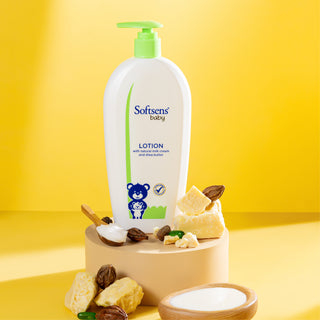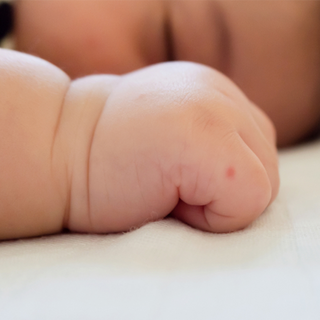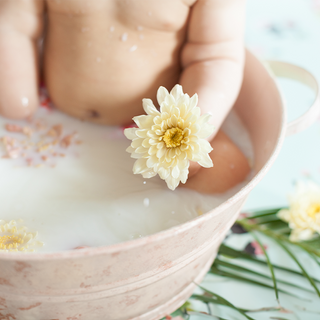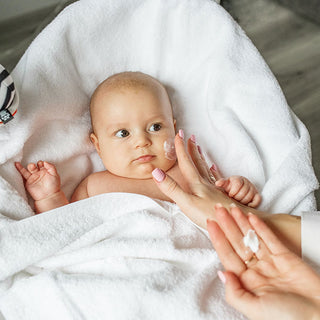
It can be worrisome when your sweet little baby develops the dreaded “diaper rash” but it doesn’t have to be a major cause for concern, parents. Diaper rash is much more common than you think and most babies will get it at some point between the ages of 0 to 3 years. In fact, with correct care and treatment, diaper rash should clear up within 3-4 days.
How do you spot diaper rash?
Diaper rash can be either mild or severe. In cases of mild diaper rash, your baby’s skin is usually pinkish with slight bumps and dryness. In moderate to severe cases, the skin in and around the diaper region, including the legs and abdomen, becomes red, scaly and dry accompanied by raised bumps. It may also peel or bleed a little.
If your baby’s diaper rash continues for more than 3 days and you notice other signs such as pus-filled blisters, yellow crusty skin or lots of red spots that are further away from the diaper region, it could be a possible bacterial or yeast infection. If you notice signs of such an infection, consult your doctor as soon as possible. Your doctor might prescribe a topical treatment that should help clear it up as soon as possible.
Why does diaper rash occur?
Diaper rash typically occurs due to one or more of the following reasons.
-
Skin Friction
Your baby’s skin is extremely delicate and wearing a diaper all day and night long can irritate this already delicate skin. The constant rubbing of the diaper against the skin causes irritation which can show up as diaper rash.
-
Allergies & Skin Sensitivity
Skin of the baby is thinner and far more sensitive than an adult’s skin. Some babies are also more prone to allergies than others. That’s why their skin can get easily irritated by certain products, especially those with alcohol, dyes or added fragrances. Certain soaps, creams, baby wipes or diapers may not suit your baby’s skin. Even the use of certain detergents to wash your baby’s clothes or cloth diapers (if you’re using those) can lead to skin flare ups.
Once you start feeding your baby solids, you might notice that your baby is allergic to certain foods. This could also cause diaper rash. A rash can also develop if a breastfeeding mother or her baby has taken a round of antibiotics.
-
Moistness
It is natural for moisture to accumulate in your baby’s diaper region. The constant wetness not only irritates skin but is a breeding ground for bacteria, causing your baby’s skin to flare up.
-
Infection
Your baby’s skin can also get irritated due to constant contact with his own urine and stool. Changing pH levels in your baby’s urine can irritate skin. Contact with stools within the moist environment of your baby’s diaper can also cause an infection. That’s why babies with diarrhea are more susceptible to diaper rashes.
How can you prevent diaper rash in babies?
Here are some tips you can follow to help prevent diaper rash.
-
Making sure that your baby’s skin is always dry and clean is the way to prevent diaper rash. At every diaper change, clean your baby’s skin with a clean, damp cloth or baby wipes and dry thoroughly before putting the diaper back on. If you use baby wipes, make sure they are free of alcohol and colour. Clean and dry properly between the folds as well. Always clean from the top to bottom to prevent spreading any infection from stools. Don’t rub your baby’s skin while drying. Instead, pat it dry gently. If possible, let it air-dry a bit before you put the diaper back on. Apply a gentle baby diaper cream to protect your baby’s skin before putting the diaper back on.
-
Change your baby’s diaper regularly. You should change the diaper either every two hours or every time your baby soils the diaper.
- Try and leave the diaper a little loose when putting it on to prevent chafing
-
LOTS of diaper-free time. This is the not-so-secret tip that most parents swear by to prevent diaper rash. Your baby’s skin needs time to breathe. So, take off that diaper and lay your baby on a towel or something that can be cleaned easily if your baby soils himself.
-
Choose the right diaper. Sometimes, the diaper itself can further irritate your baby’s skin. Choose one that is the correct size (smaller diapers can cause excessive friction) and that does not have added dyes or fragrances.
-
Avoid products that can potentially irritate your baby’s skin. Certain soaps, detergents, wipes, lotions can lead to skin reactions. If you’re using cloth diapers, ensure that you rinse off the soap/detergent thoroughly before making your baby wear them.
- Avoid giving your baby any antibiotic medicines. Although antibiotics kill bad bacteria in the body, they also kill the good bacteria that can prevent and fight infections. If you’re breastfeeding, you should ideally stay away from antibiotics too.
How to treat diaper rash?
When treated properly, diaper rash should clear up within 3-4 days. If this doesn’t happen and the rash worsens, you should consult your doctor. Here are some essential pointers on how to treat diaper rash.
-
Change the diaper as often as possible You want to prevent any kind of wetness when this happens, so it helps to change the diaper more often, even if you have to wake your baby up at night to do this.
- When cleaning your baby’s bottom between diaper changes, skip the wipes and use a damp cloth. Pat dry and DON’T rub the skin.
-
Soak your baby’s bottom in warm water a few times through the day, especially if you notice a lot of raw skin.
-
Be extremely generous with the diaper rash cream.Apply a nice thick layer every time you clean your baby and change his diaper.
-
Let your baby go diaper-free.Exposure to the air can help baby’s skin heal faster. So, if it’s possible, simply leave the diaper off and let your baby’s skin breathe. If you can, cover your baby’s crib with a plastic cover and let them go diaper-free even while sleeping.
- Some home remedies for diaper rash include soothing the area lightly with coconut oil, petroleum jelly, breast milk or apple cider vinegar.
For more tips on how to properly maintain your newborn baby’s hygiene, click here. Have a question for us? Leave a comment below.







